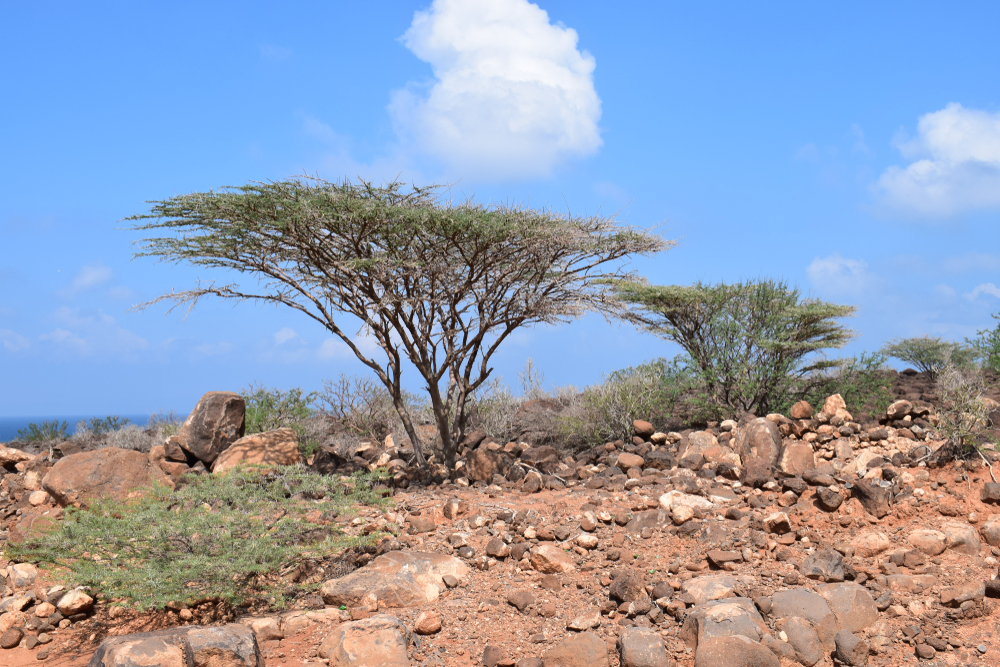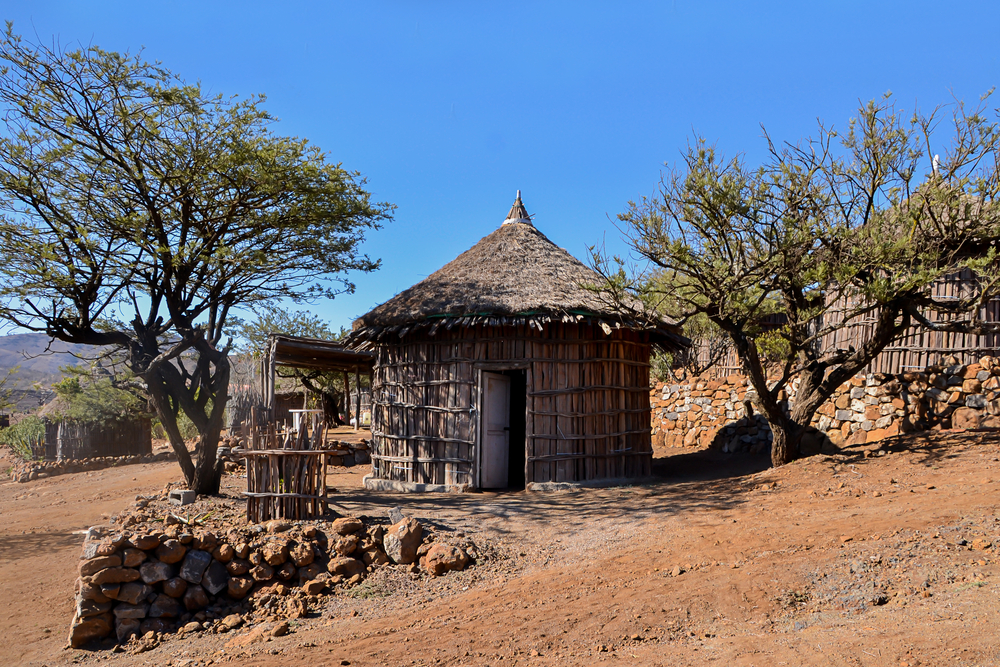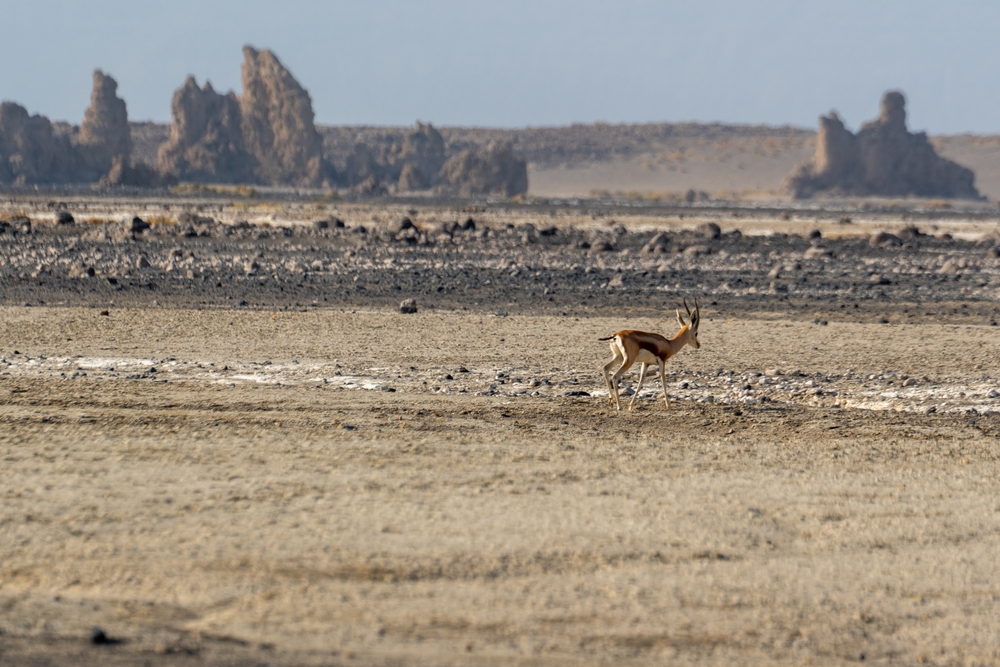Djibouti Overview
Djibouti National Park, encompassing an area of approximately 30 square miles (77 square kilometers), is one of Djibouti’s most significant protected areas. Located in the southern part of the country, near the border with Ethiopia, this park showcases the unique landscapes and biodiversity that make Djibouti a hidden gem in East Africa. The park is a crucial sanctuary for various wildlife species and a haven for nature lovers seeking to explore the diverse ecosystems of this arid region.
The terrain of Djibouti National Park is characterized by its dramatic rocky outcrops, expansive plateaus, and scattered acacia woodlands. These varied landscapes provide a habitat for an array of plant and animal species adapted to the harsh, dry climate. Despite the challenging environment, the park supports a surprisingly rich biodiversity, including endemic and endangered species.
Wildlife enthusiasts visiting Djibouti National Park can expect to encounter a variety of mammals, such as the Beira antelope, Dorcas gazelle, and Hamadryas baboon. The park is also home to several predators, including the rare and elusive cheetah. Birdwatchers will find the park particularly rewarding, with numerous bird species inhabiting the area, including the Somali ostrich, Arabian bustard, and various species of eagles and vultures.
One of the park’s most striking features is its geological formations. The rugged terrain, shaped by ancient volcanic activity, offers breathtaking vistas and unique geological structures. The park’s rocky landscapes are interspersed with patches of vegetation, creating a stark but beautiful contrast that highlights the resilience of life in arid environments.
Visitors to Djibouti National Park can explore its natural beauty through guided tours and hiking trails. The park’s relatively untouched landscapes offer a sense of tranquility and isolation, allowing for an immersive experience in nature. Hiking through the park provides opportunities to observe wildlife, appreciate the unique flora, and take in the stunning views of the surrounding areas.
In addition to its natural attractions, Djibouti National Park plays a vital role in conservation efforts. The park is part of a network of protected areas in Djibouti aimed at preserving the country’s unique ecosystems and biodiversity. Conservation initiatives focus on protecting endangered species, restoring habitats, and promoting sustainable tourism practices. These efforts are crucial for maintaining the ecological balance and ensuring that future generations can enjoy the park’s natural wonders.
Djibouti National Park also holds cultural significance for the local communities. The park and its surroundings have been home to various indigenous groups for centuries, who have developed a deep understanding and respect for the land. The traditional knowledge and practices of these communities are integral to the park’s conservation efforts and provide valuable insights into sustainable living in harmony with nature.
In summary, Djibouti National Park is a mosaic of natural beauty, offering a glimpse into the unique landscapes and biodiversity of Djibouti. Its rocky terrain, diverse wildlife, and rich cultural heritage make it a must-visit destination for those seeking to experience the raw beauty of East Africa. Whether exploring the rugged trails, observing the fascinating wildlife, or learning about the local cultures, visitors to Djibouti National Park will leave with a profound appreciation for this remarkable natural sanctuary.












































































